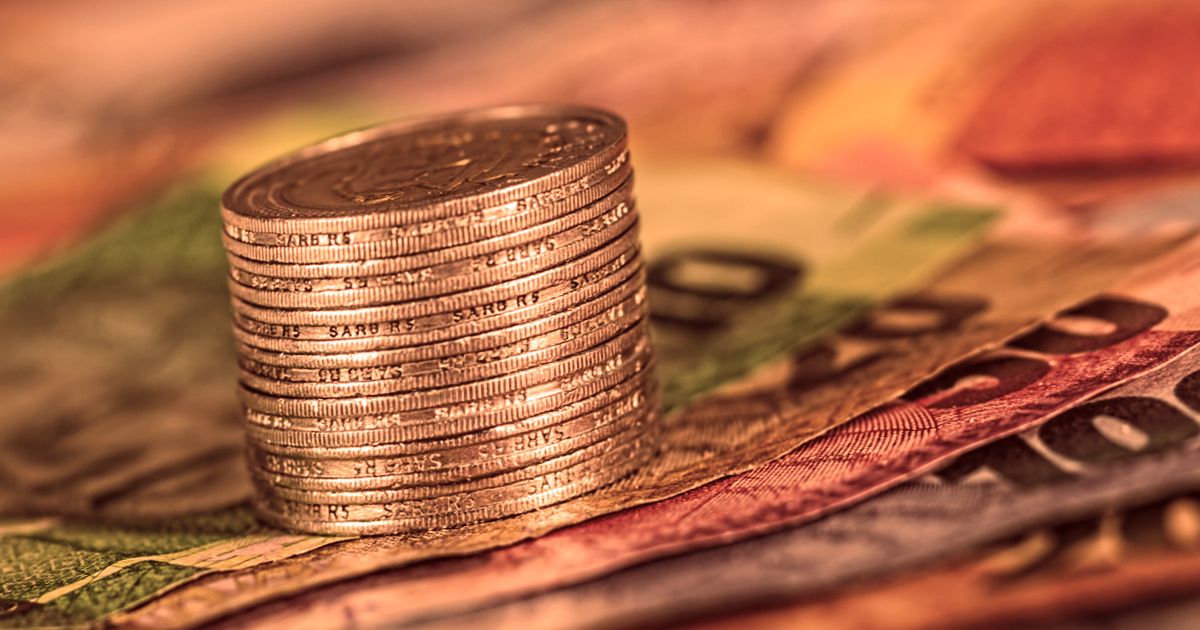
What is Economy? An Overview of Its Structure, Types, and Indicators
Welcome to Investora's deep-dive into the intricate world of economies! This article explores the underlying mechanics of economic systems, various models of economies, and their prominent indicators. Whether it's a country, a region, an industry, or even a family, every entity functions within the bounds of an economic system. Understanding economies can offer valuable insights into decision-making processes, resources allocation, and market behavior. So, let's embark on this fascinating journey and dissect the complex organism we call "the economy".
The Heart of an Economy:
The term 'economy' signifies a grand and intricate network of activities connected to the creation, utilization, and distribution of goods and services. This vast web of interactions is responsible for determining how resources are allocated among participants within its sphere. The engine of an economy is fueled by the production, consumption, and trade of goods and services that cater to the needs of individuals and organizations operating within it.
There's no cookie-cutter approach to defining an economy. Economies are shaped by a wide array of factors such as resources, culture, laws, history, and geography, and they continuously evolve based on the decisions and actions of their participants. The decision-making process can involve a blend of market transactions, collective choices, and hierarchical commands.
Important: An economy's structure and function are influenced by numerous factors, including geography, resources, culture, and history.
Interesting Fact: The world’s smallest economy is Tuvalu, with a GDP of about $42 million (as of 2019).
Unraveling Different Types of Economies:
On a macro level, economies can be categorized into market-based economies, command-based economies, and mixed economies, each presenting its own set of dynamics and principles.
Market-Based Economies:
In market-based economies, often referred to as 'free market' economies, the gears of exchange run freely without any significant governmental control. The mechanism is fueled by the dynamics of supply and demand, and the market participants—people and businesses—are the primary determiners of what goods and services are produced, their prices, and the quantity available for distribution.
Market economies like the United States, where producers ascertain what to sell, produce, and charge, exemplify this concept. The laws of supply and demand rule the landscape, adjusting the production and prices according to shifts in consumer behavior.
Command-Based Economies:
Contrastingly, command-based economies operate under a central governmental authority that controls production levels, pricing, and distribution of goods. Essential industries are typically state-owned and operate for the consumer's benefit. In these economies, free competition is either limited or outrightly banned, and prices are controlled by the government. Cuba and North Korea, which practice communism, are modern-day examples of command-based economies.
Interesting Fact: China transitioned from a command-based economy to a mixed economy in 1978, leading to significant economic growth and development.
Mixed Economies:
However, pure market or command-based economies are seldom seen in the contemporary world. Most modern economies, including the United States, blend elements of both, thus earning the moniker of 'mixed economies'. While market mechanisms largely govern these economies, they also feature a degree of government intervention to influence production and maintain economic balance.
Tip: Identifying a country's type of economy can provide insights into its trade patterns, policies, and socioeconomic dynamics.
Peeling Back the Layers of Economies:
To unravel the intricate workings of economies, the discipline of economics bifurcates into two major branches: microeconomics and macroeconomics.
- Microeconomics delves into the behavior of individual entities – people and businesses – to understand their economic choices and how these decisions impact the broader economic system. This branch scrutinizes how a specific value is ascribed to a product or service and explores how individuals interact in a business context.
- On the other hand, macroeconomics studies the economy from a broader perspective, investigating economy-wide factors like the impact of inflation or the performance indicators that reflect an economy's health over time. Macroeconomics analyzes how the entire economic system behaves.
Important: While Microeconomics studies individual behaviors and market mechanisms, Macroeconomics focuses on nationwide trends and policies.
Key Economic Indicators:
Economic indicators play a pivotal role in macroeconomic studies. They are metrics that provide insights into an economy's health and serve as a compass for policy makers, economists, and investors. Here are some of the most crucial indicators:
Gross Domestic Product (GDP):
GDP signifies the cumulative value of all finished goods and services produced by an economy within a year. It serves as an economic report card, providing a snapshot of a country's economic health.
Unemployment:
The Unemployment Report provides an estimate of the working population within a specific period. This report, tracked over time, can shed light on the trends in unemployment.
Inflation (or Deflation):
Inflation is a measure of the rate at which the average price level of goods and services is rising. If inflation is outpacing income growth, it signals problems in the economy. Conversely, negative inflation, or deflation, is a rarity but can occur under certain circumstances.
Balance of Trade:
The balance of trade compares the value of a country's imports against its exports. A positive balance indicates that a nation exports more than it imports, and vice versa.
Tip: Regular monitoring of these economic indicators can provide valuable insights into the economic trajectory of a nation.
Interesting Fact: As of 2023, the United States has the largest GDP globally, with its GDP reaching $26.5 trillion.
In conclusion, understanding economies is a journey that encompasses recognizing different economic models, discerning economic elements, and tracking key indicators. This knowledge can be a powerful tool in making informed decisions and predictions about economic trends and market behaviors.
- Share this article





